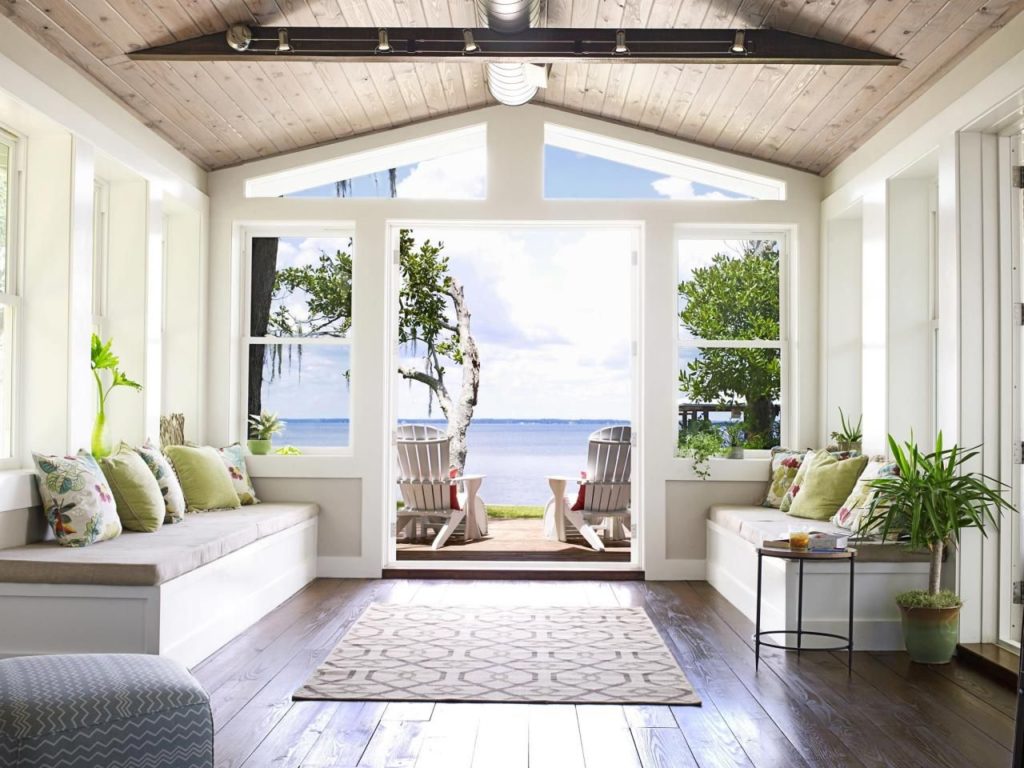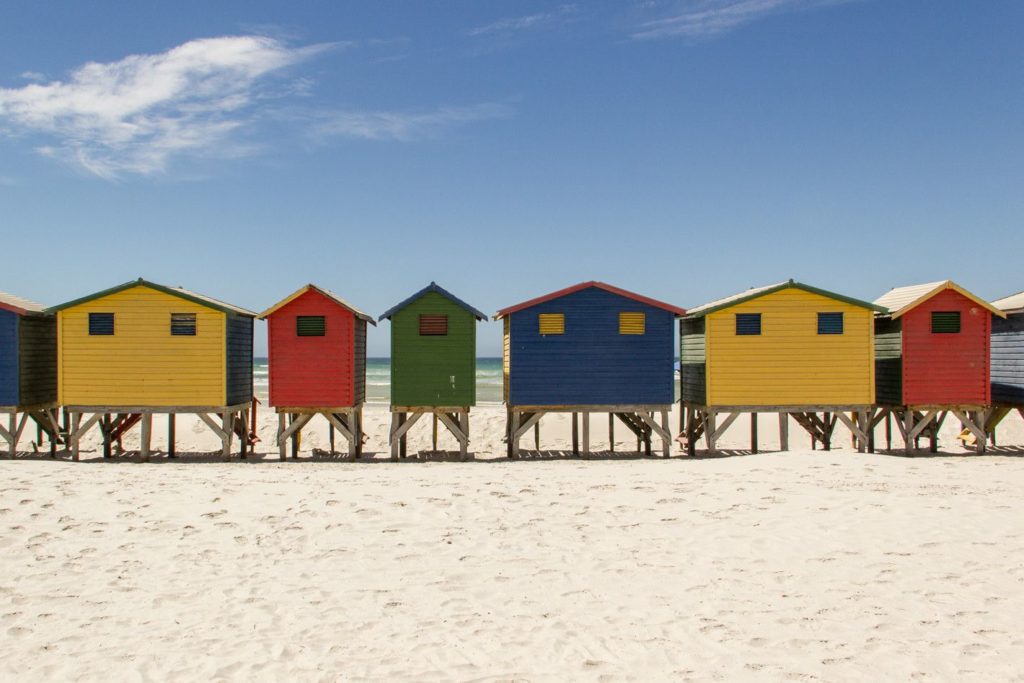Stay
Wooden it be Lovely Living By
Timber is tops in the tropics. Living by the beach has always been characterised by the simple, casual, slightly weatherbeaten, shabby chic aesthetic. From kit homes, to architectdesigned trend setters, to traditional holiday cottages, wood is the way to go when living by the seaside says Toby Preston.
December 14, 2019
Pacific Island Living
December 14, 2019The wonders of wood are apparent not just because it is beautiful to look at and has terrific tactile qualities, it can also make you feel warm inside because you know it’s better for the planet. It’s a natural and sustainable material that uses less energy in its processing than other building materials, this is known as embodied energy, and results in a lower carbon footprint. So it’s a feel-good product on several levels and it’s been around for thousands of years.
While it has until recently been seen as someting more suited to domestic use there are now high rise timber towers, as Australia’s ABC said recently of a nine-storey office tower made almost entirely of wood – ‘from skyscraper to plyscaper’. In this case the construction consists of thousands of prefabricated panels that have been bolted together and screwed into place on-site.

It also has a higher insulation rating than either steel or plastic as result of its natural cellular structure and weathers beautifully when left to sea breezes and sunlight. That beautiful grey patina that comes with a bit of age is the perfect foil for the colours of the sand and sea.
The emergence of island-style housing over the centuries has been a story of natural materials as palm leaves and tree timber have been fashioned into simple shacks and large custom meetng spaces in villages all over the Pacific and increasingly sophicticated versions created for expatriate use and holiday accommodation.

The tradition of the weatherbooard beach shack is just as ubiquitous in western culture with almost every country employing some form of this style, from the Scandinavians to the South Africans and throughout the Americas and Asia.
© 2024 Pacific Island Living Magazine all Rights Reserved
Website by Power Marketing